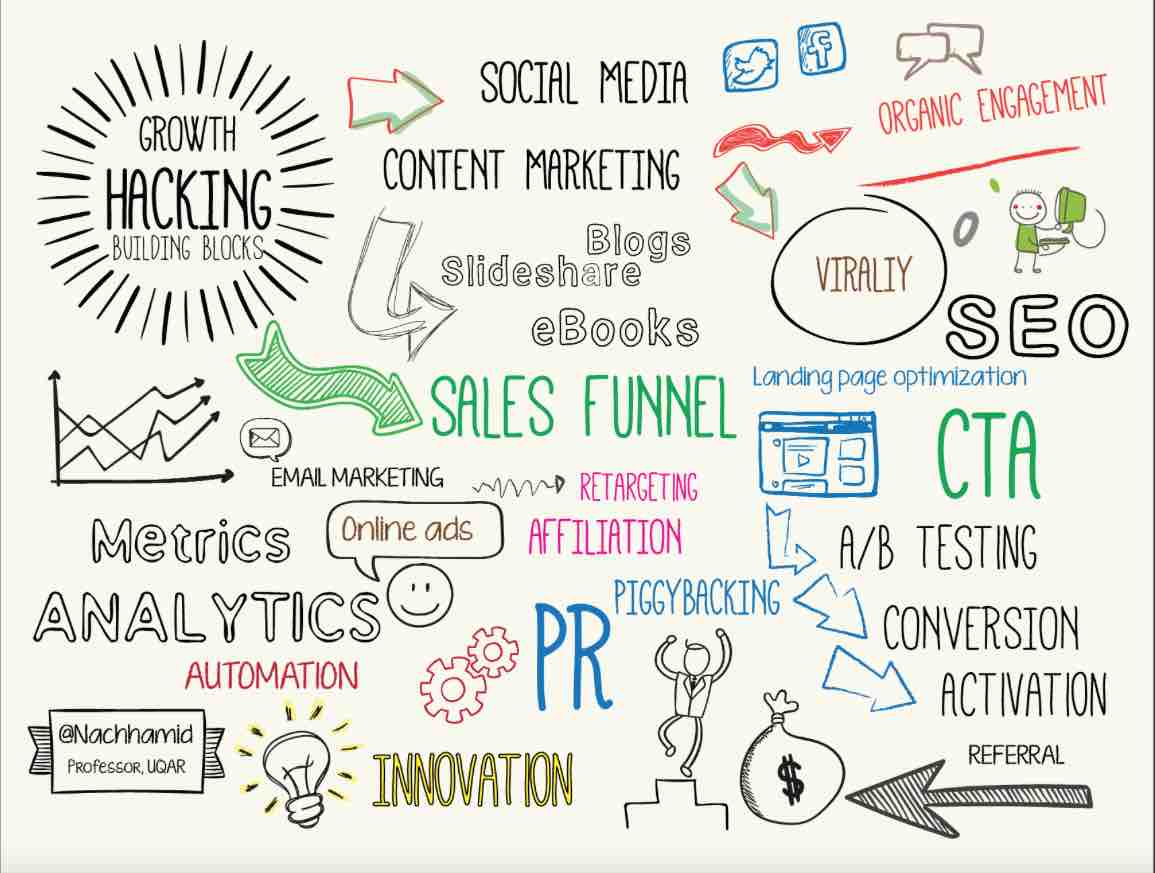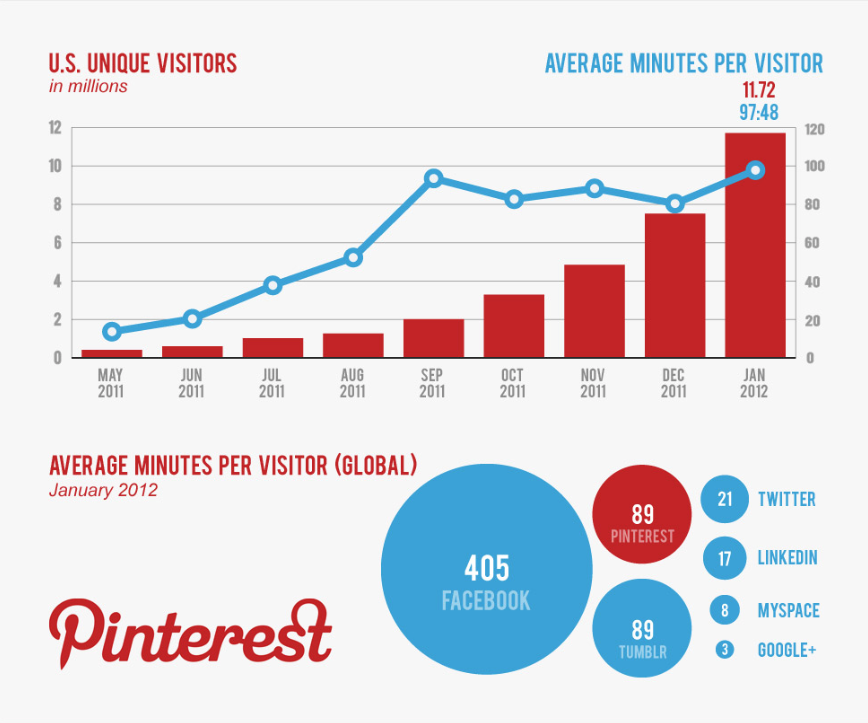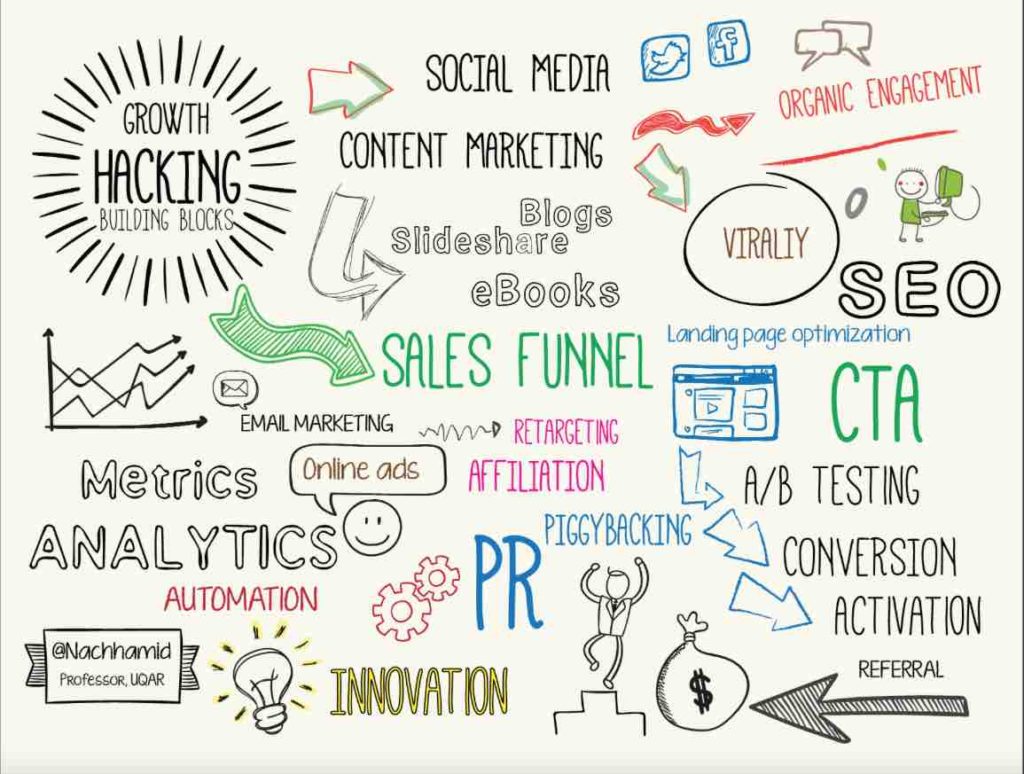
The Fundamentals of Social Media Marketing
What You Need To Know. Nearly a third of all Americans use their smart phones as their primary portal to the internet (Pew Research Center, 2014). As much as two-thirds of time spent browsing on their smart phones is spent on social media sites. Marketers are spending anywhere from 1 to 10 hours per week on social media marketing.
Digital marketers rely on three criteria for targeting prospects for social media advertising:
- Demographics (age, income, education, gender, location)
- Psychographics (consumer lifestyles, activities, interests, opinions)
- Proprietary Data (people who follow company’s / brands, re-targeting, hashtags)
The primary benefit of social media advertising is the increased brand recognition. Social media provides marketers with valuable information on what your customers are interested in and how they behave.
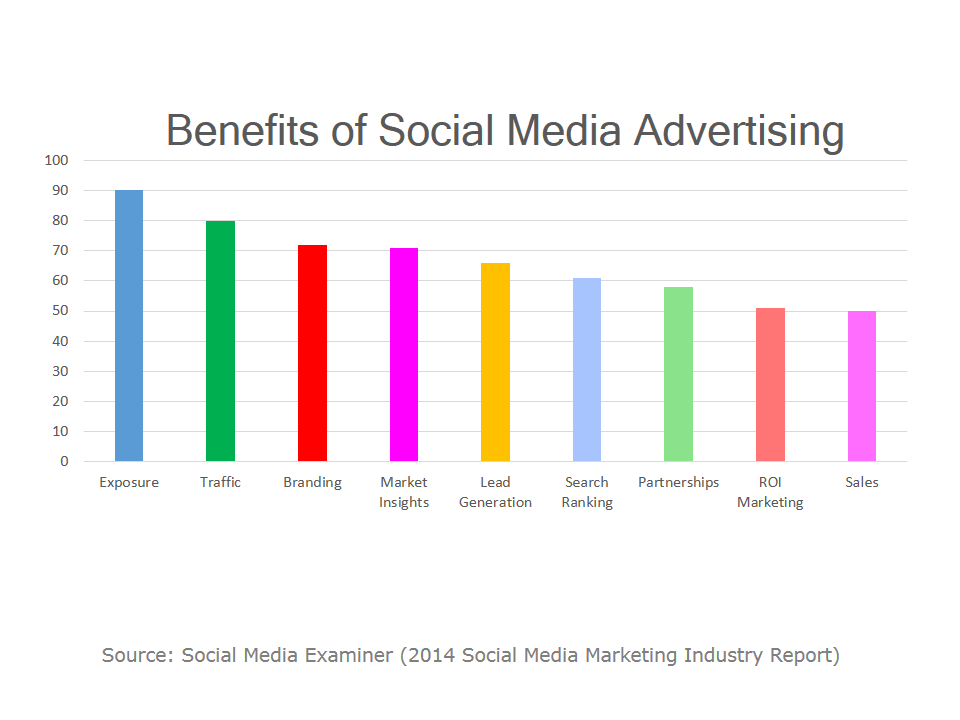
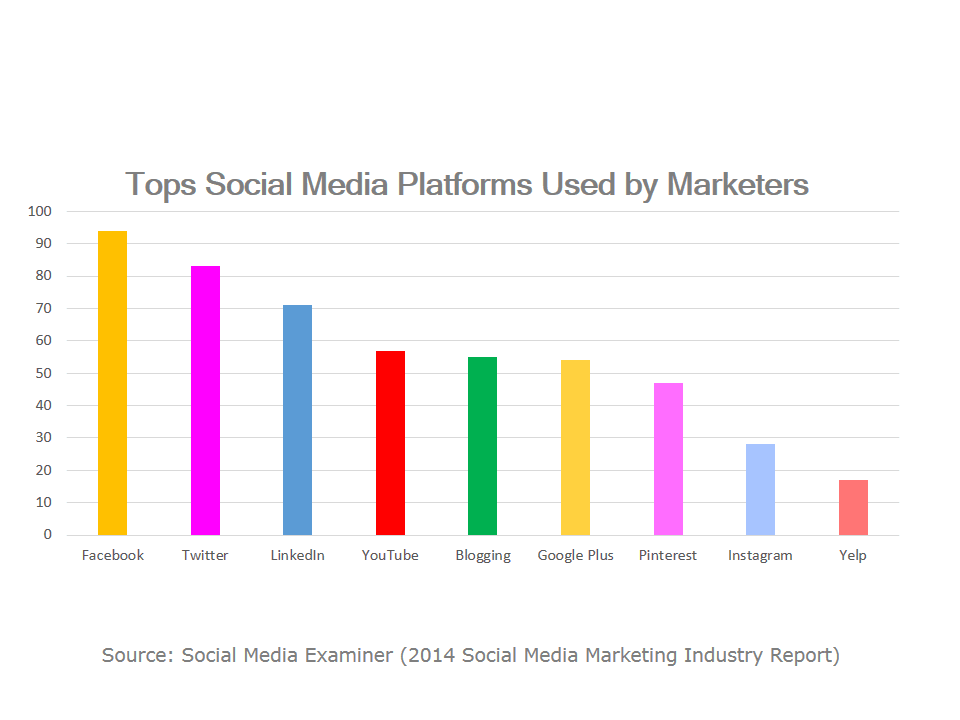
Facebook is the largest social media platform, in fact it hovers around the number 2 or 3 search engine world wide as well. Google+ may very well surpass Facebook on “social sharing” in a few years.
Facebook Facts:
-
-
-
-
- There are over 1.15 billion Facebook users
- One million web pages are accessed using the “Login with Facebook” feature
- 23 percent of Facebook users login at least 5 times per day
- 47% of Americans say Facebook is their #1 influencer of purchases
- 70% of marketers used Facebook to gain new customers
-
-
-
Twitter’s cost per engagement is best when ad campaigns target users by their personal interests (Kinetic Social 2014 Q3).
Twitter Statistics:
-
-
-
-
- There are over 550 million registered users
- 34% of marketers use Twitter to successfully generate leads
- Twitter has experienced significant growth from 2012-2013, up 44%
- 215 million monthly active users
-
-
-
Twitter continues to make changes to make the platform more engaging and business friendly.
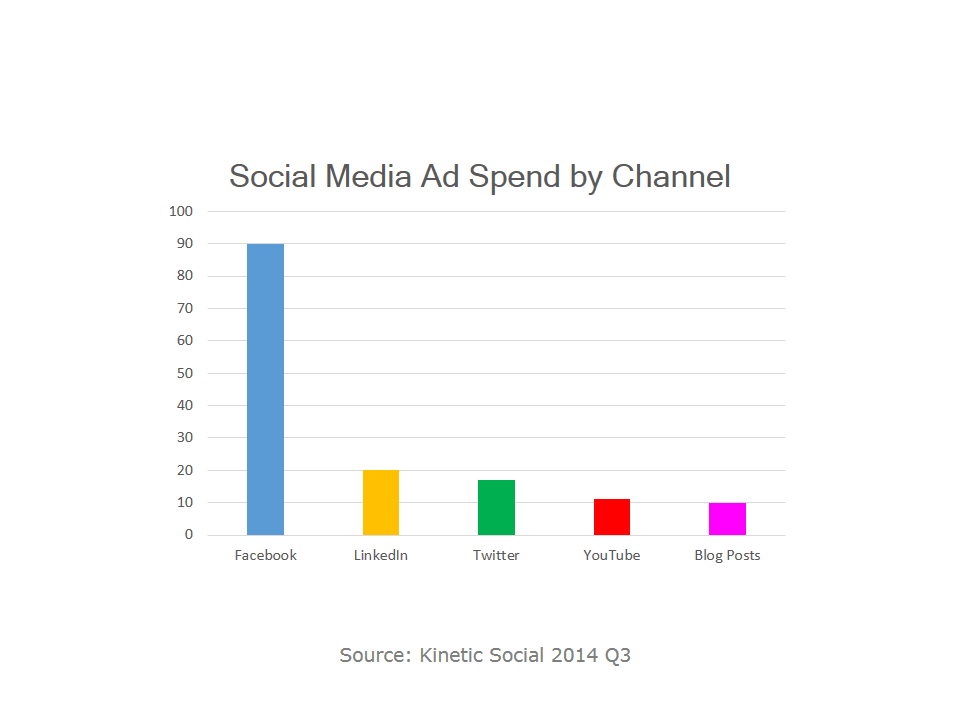
Every media campaign needs killer content and smart, savvy strategy. Start with the marketing objectives and strategies.
Media Plan Overview
- Define your target audience, consider the pyschographics and any primary or secondary research that lends insights into your base.
- Test the channels, time, day and frequency of the posts.
- Track, measure, analyze, evaluate and continually make adjustments.
CPM (cost per thousand) may not always be the best metric. Consider CPC (cost per click), cost per lead generated and or cost per acquisition.
Branding / Creative
- How easy is it to identify the brand?
- Is the message fit with the brand personality?
- Does the message conger an emotional appeal?
- Does the ad stand out, grab your attention?
- Is there a clear call-to-action?
- Does the ad provide interesting or important information?
Summary
Smart phone penetration continues to rise, people are searching mobile these days. Make your ads visual and engaging. Videos and photos both outperform heavy text ads.
- Consider creating ads that have text messaging in the spot, audio sound is not the default on Facebook or on most smart phones.
- Frequency is critical in any campaign, don’t use the same ad over and over, your audience will tune out.
- Provide multiple versions of your ads with compelling calls to action.
- Place hashtags, @mentions and links in your ads to increase engagement.
Be sure to respond to inquiries in real time, not days but hours. At the end of the day, analyze your response rates, make adjustments to headers, images, body copy and continually test, test, test. Sign up for our Crash Course In Digital Marketing to take your business to the next level.
Sources
Social Media Examiner. (2014). Social Media Marketing Industry Report.
Bullas, J. (January 17, 2014). 22 Social Media Facts and Statistics You Should Know in 2014. JeffBullas.com.

